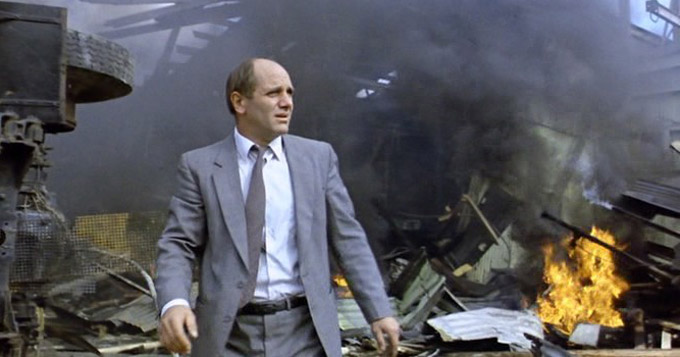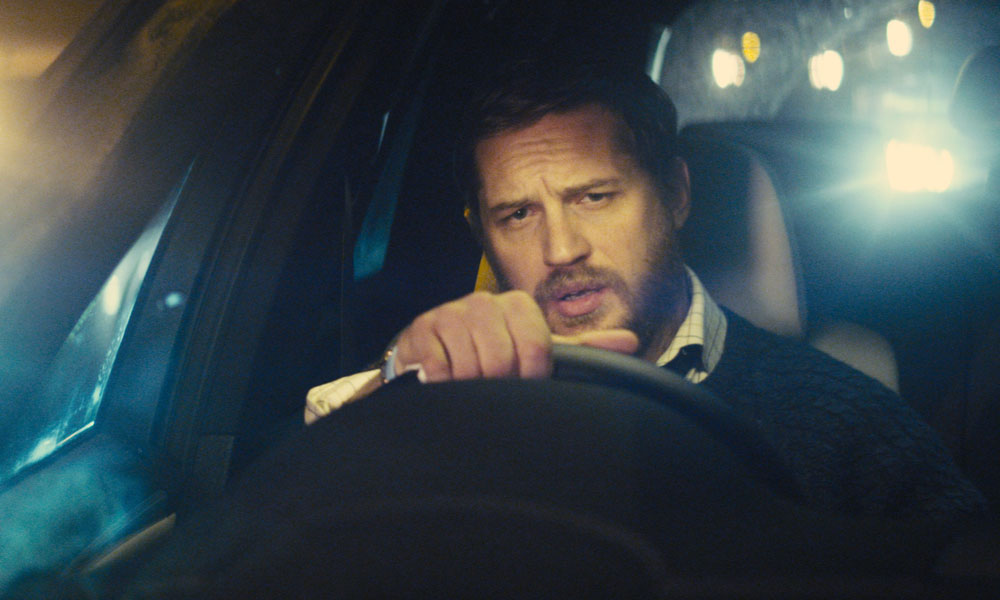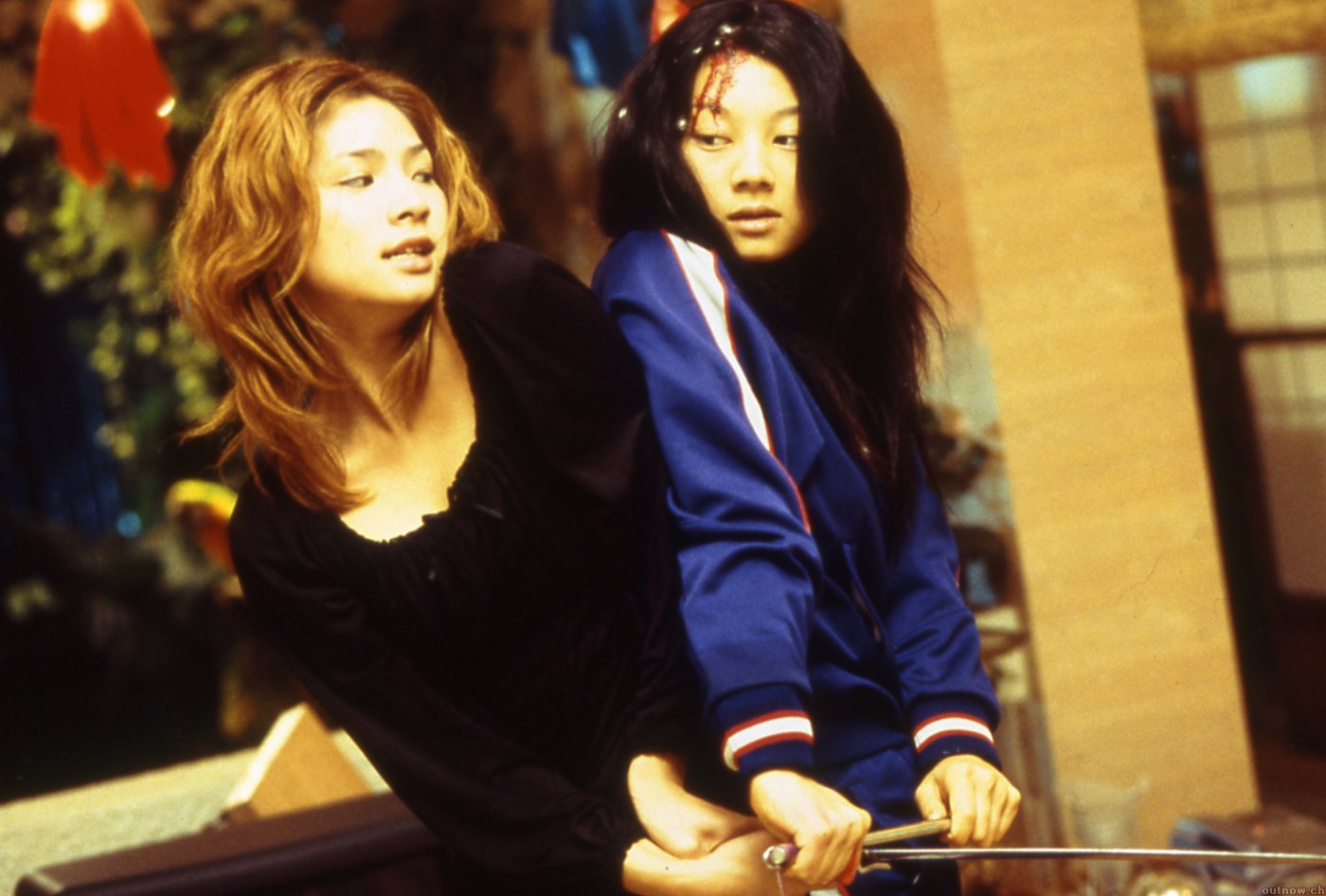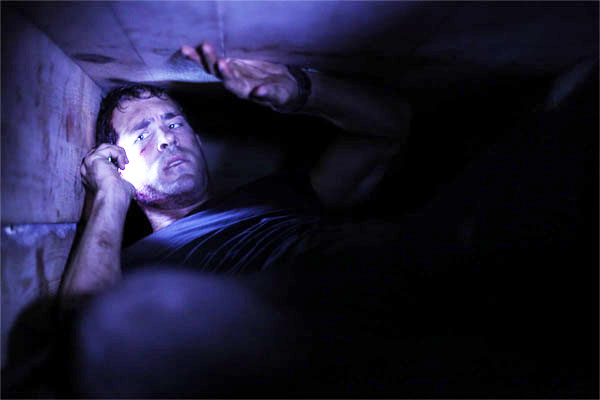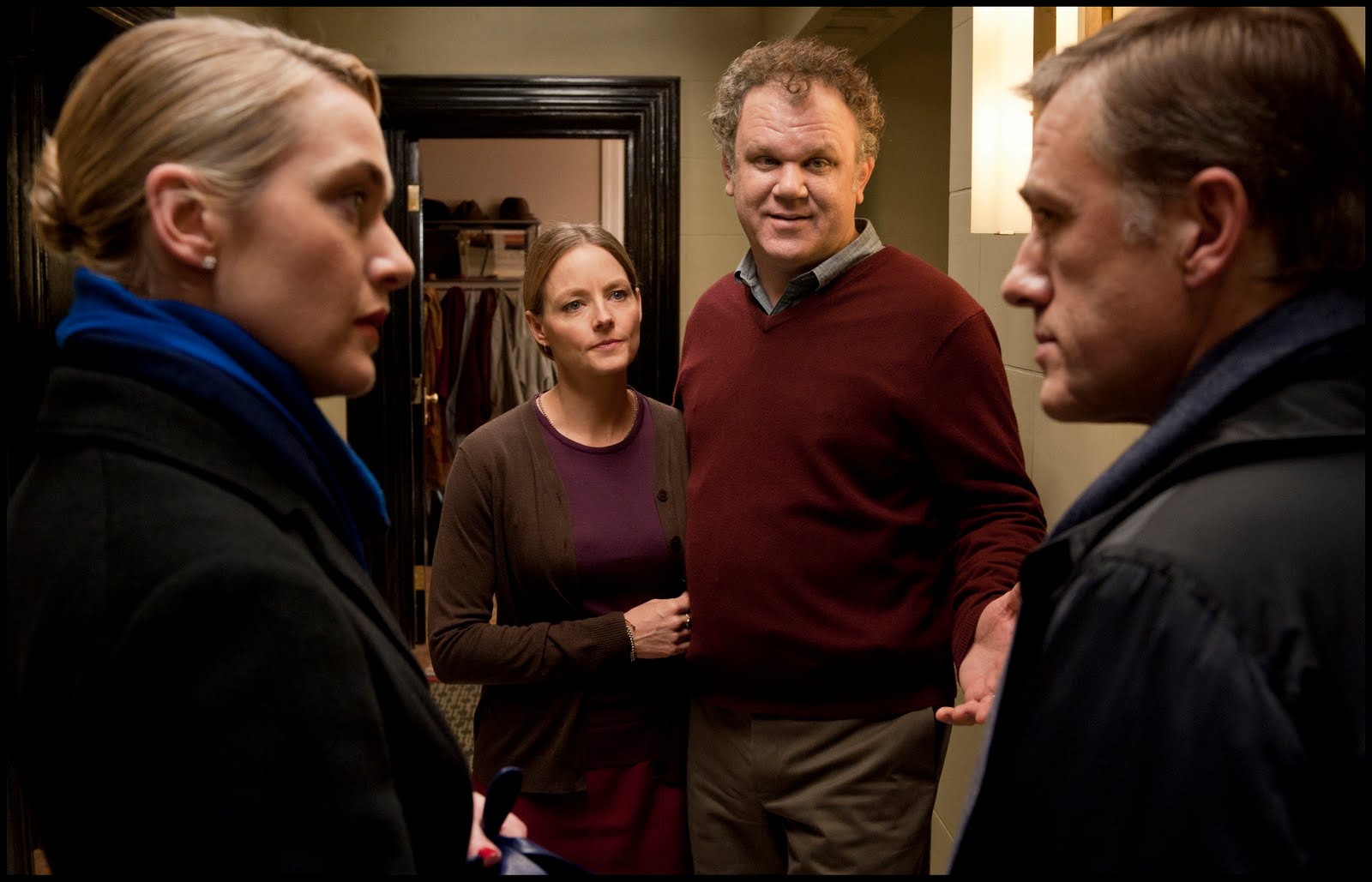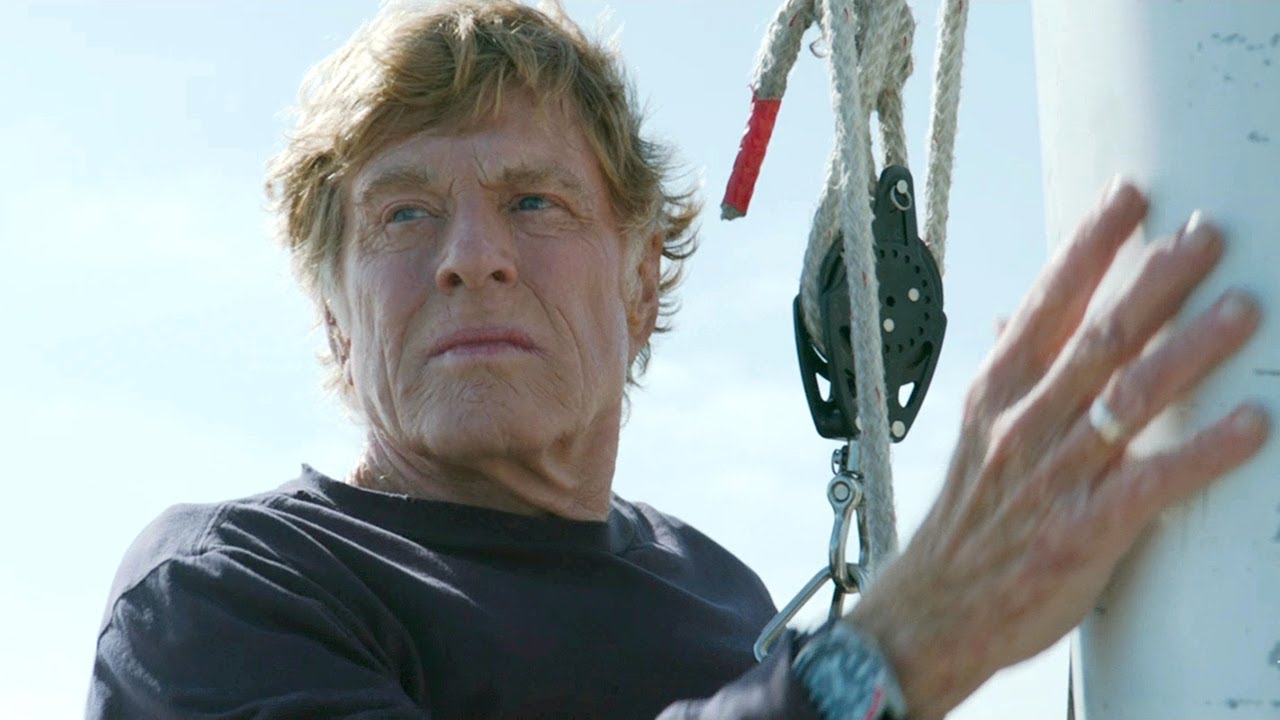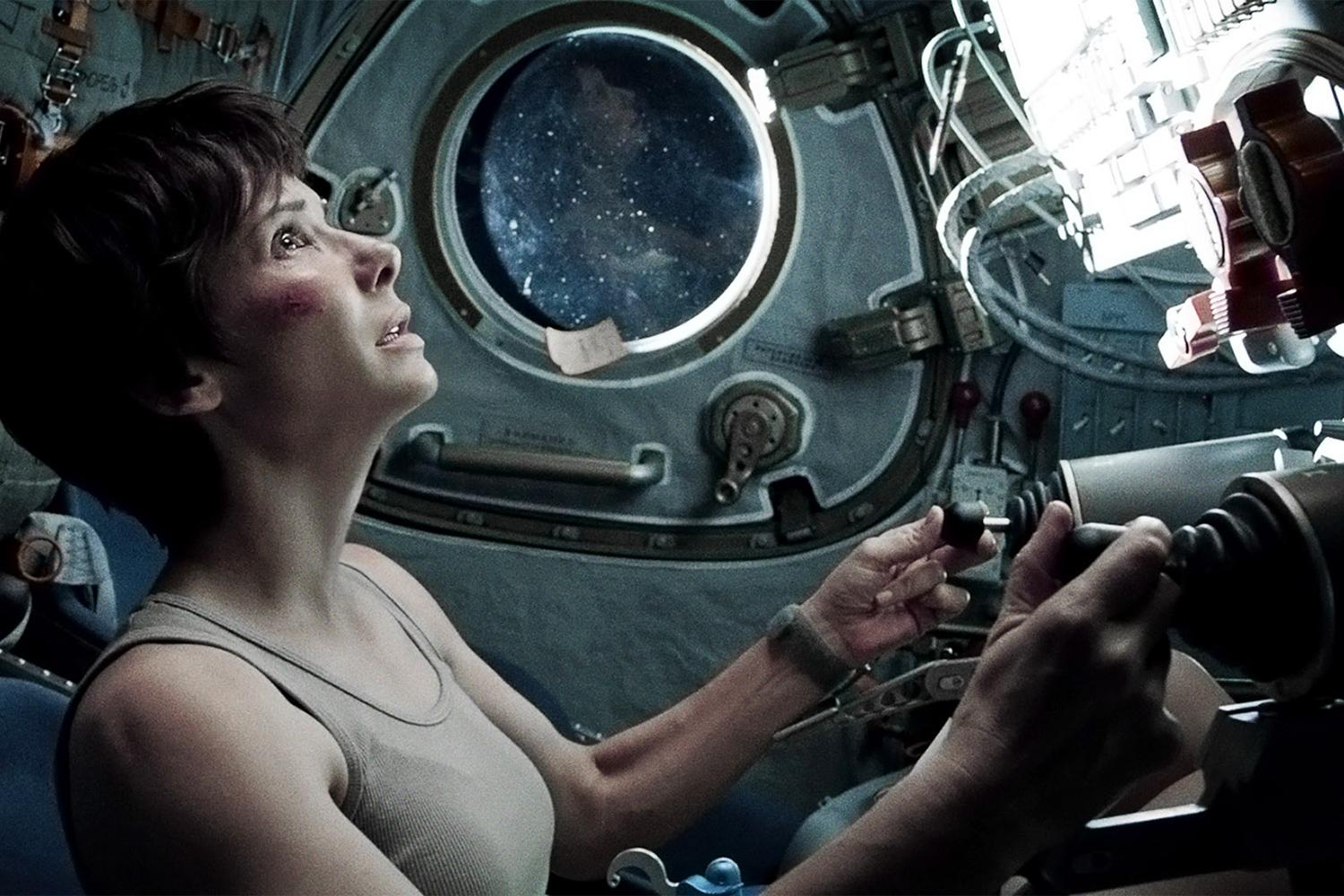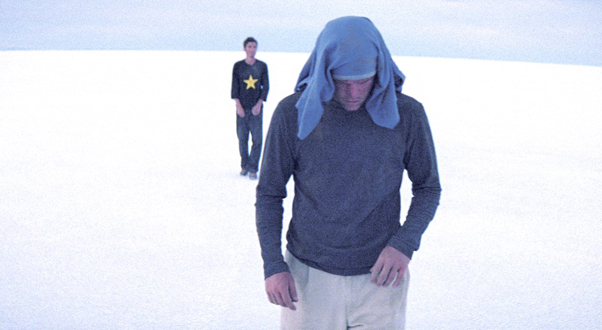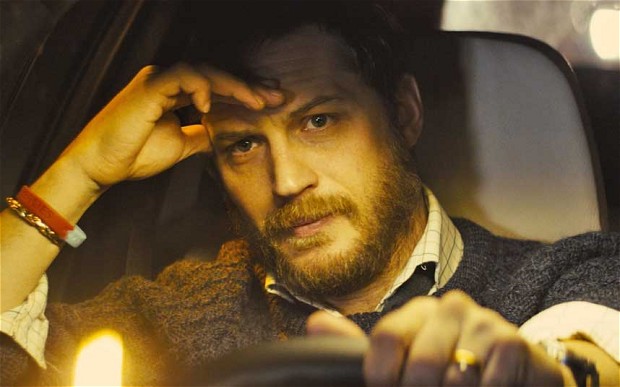
Cinema is the conversion of many forms of art, but theater is probably what could be considered its most direct ancestor. Though film has far surpassed the limitations of the stage, every now and then it manages to find new stories using only the bare essentials when it comes to narrative: the performers.
Through the study of the complexities of an individual and its relationship with the environment, dealing with important situations and realities or simply its interaction with others finds a nigh-unlimited resource to tell intimate yet complex stories with, usually, very few elements. Here are some movies that through inventive and introspection manage to present a case that, at creating a relationship between the audience and the characters, sometimes less is more:
16. The Quiet Earth
It’s no secret that speculative fiction has been used in cinema and literature as a way to convey fears and anxieties, whether be individual or collective, in a more abstract fashion distanced from absolute realism.
Some have considered, for example, that the rise on the popularity of zombie movies and post-apocalyptic fiction in general has been brought out from a preoccupation towards overpopulation, pollution and many other conflicts that currently exist around the world and New Zealand’s The Quiet Earth (1985) wonders what would truly happened after we are all gone, everyone but one individual.
Giving a fresh perspective to the genre through its brooding, introspective narrative, the movie, directed by Geoff Murphy, presents a lonely scientist trying to figure out what cause the vanishing of the entire population of Earth and how he struggles to internalize complete solitude and more interesting, what is exactly the legacy of mankind to a world that so haughtily always claimed to itself.
15. Locke
Ivan Locke faces a dilemma. A foreman, on the night before he was meant to oversee the beginning of an important skyscraper Locke dices to drive from Birmingham to London to presence the birth of his child, born from a one-night extramarital affair. At the same time, his wife and kids await for him to watch an important sporting event. This lonely 163 km. car trip is where all the actions of Locke (2013) are set.
Directed by Stephen Knight and starring Tom Hardy as the title character, the only character to appear on screen, the movie manages to be something of a character study done through subtle conversations Locke has on his cellphone.
Slowly, the movie reveals a profoundly honorable man who tries to do his best keeping his responsibilities in order, both personally and professionally, but a sense of guilt and impotence undermines the best intentions of the protagonist, leaving to the imagination of the audience about its off-screen consequences.
14. 2LDK
Two Japanese filmmakers, Ryuhei Kitamura and Yukihiko Tsutsumi, were challenged by producer Shinyai Kawai to see who could shoot the best feature film presenting two performers fighting in a single location in just one week. Kitamura’s entry was Aragami (2003), about two wounded samurais seeking refuge in an abandoned temple.
Tsutsumi’s entry was 2LDK (2003), about two actresses and roommates with starkly different personalities fighting to death after learning one of them could land in the dream role that could finally bring fame to the selected actress. Contrasting not only opposing personalities but also background and escalating said clashes through small grudges to a full-on fight to death, Tsutsumi manages to tell a simple but dark tale of avarice and wraith.
13. Buried
A primordial element of terror is tension. Building up a sensation of unease and preoccupation that manage to excite the audience so they can forget, even for a small moment, that they find themselves safely watching a movie.
Through the years, many memorable thrillers have been done with virtually few elements, and Buried by Spanish director Rodrigo Cortés takes it to a whole new level.Paul Conroy, played by Ryan Reynolds, wakes up tied up and gagged inside a buried coffin with nothing more than a lighter and a cellphone to contact the outside world. The setup is simple: his kidnappers want a ransom or else he will be buried alive while the authorities search for him.
The execution is simple: Reynolds is the only actor onscreen play off against voices on the other end of the phone including his captor, a hostage negotiator and his wife. But what truly makes the movie work is exploiting its narrative elements in a calculated manner. Adding too many or too little could easily have made it gimmicky or uninteresting to the audience.
12. Carnage
One boy beats another boy at the park, one evening their parents reunite to discuss their situation. Directed by Roman Polanski and with an all-star cast of John C. Reilly, Jodie Foster, Christoph Waltz and Kate Winslet, Carnage deals about the uncomfortable malaise hidden under polite society.
Through the course of an evening, a diplomatic discussion turns into a bitter parade revelations building up from years of quiet despair. At the end, the viewer wonders if the children, free from the falsehoods of adult idiosyncrasies, have a better and healthier approach to life than their supposedly mature, educated and tolerant parents or if the violence they manifest simply is inherent in anyone but is more subtle as one grows up.
11. All Is Lost
Directed by J. C. Candor and starring Robert Redford All Is Lost (2013) presents the struggle of a man against nature in a fashion that is vaguely reminiscent of Hemingway. Redford plays a man who, after his sailboat is heavily damaged and facing harsh weather, finds himself in a raft wandering around the Indian Ocean, seeking for help.
While other movies that have a single character on-screen tend to expand what is portrayed to the audience through dialogue and context, All Is Lost unabashedly gives no context beyond of what the audience sees. The only character remains nameless, his life beyond his sailboat is unknown and only one motivation, his need for survival, is presented, managing to make a compelling story with so little in explanation, letting the action to speak for itself.
10. Gravity
One of the most impressive displays of special effects in the last few years and a simple yet powerful plot in perfect harmony is Alfonso Cuarón’s Gravity (2013). Sandra Bullock and George Clooney play two astronauts stranded in space after their space station suffers heavy damage. Facing many obstacles with limited oxygen as the most important, Bullock does her best to keep herself alive and find a way to return safely to Earth.
Cuarón takes full potential of CGI and the latest technology to bring audience a captivating story and an amazing experiment on film directing, disregarding the conventional shots in favor of a more tridimensional approach. These elements deliver a far more interactive experience in comparison to production that, although shot for 3-D technology; generally follow a far more traditional 2-D approach when it comes to developing the visual construction of a film.
9. Gerry
In July 1999 David Coughlin and Raffi Kodikian got lost while hiking in southern New Mexico. After several days without food or water, Kodikian was found by a park ranger claiming that Coughlin asked him to kill him. This story served as the inspiration for Gerry (2002), first part of The “Death Trilogy” by independent US filmmaker Gus Van Sant, which also includes Elephant (2003) and The Last Days (2005) based, respectively, on the Columbine High massacre and the suicide of Kurt Cobain.
Two hikers called Gerry, played by Matt Damon and Casey Affleck, get lost in the wilderness without any supplies and do small talk while slowing facing the dire reality of probable death. Through the use of long, static shots and a bare narrative that recalls somewhat to the works of Beckett, Van Sant manages to make a deeply earnest experience that radiates an existentialist sensation of helplessness and insignificance of people in awe of nature, the universe and death.
